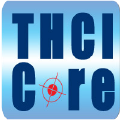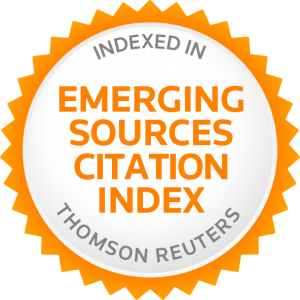TONE ERRORS IN NORMAL AND APHASIC SPEECH IN MANDARIN
I-Ping Wan
This paper studies the distribution of tone production deficits in aphasic speech in comparison to tone errors in normal production in Mandarin and their implications. 876 aphasic tone errors and 2515 normal tone errors are analyzed and results support the following findings: First, the percentage of tone errors is
similar to that of consonant errors, suggesting that the extent of tone impairment is comparable to that of consonant impairment in Mandarin aphasics. Second, contextual tone errors within clause boundaries (e.g., those involving anticipatory or perseveratory effects) reflect the aphasics’ less efficient monitoring mechanism in speech production planning and execution. Finally, the high tone is the least resistant to aphasic disturbance, suggesting that aphasic patients select the high tone as the replacing tone to some extent based on its strength of being easier to be produced and earlier to be acquired in Mandarin.



